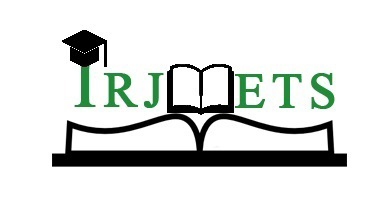Paper Key : IRJ************889
Author: Pushpadatta B
Date Published: 04 Jan 2025
Abstract
A wealth of practical cases indicates that the fatigue failure of subway bogies primarily stems from the modal resonance of the structure. If the modal characteristics of the entire vehicle, including equipment and bogies, are mismatched, rail vehicles may experience abnormal vibrations and noise. Therefore, it is imperative to conduct modal analysis and matching design for subway vehicle bogies to ensure smooth operation, reduce structural vibrations and noise, and enhance vehicle safety and ride comfort. Modal identification methods under the ambient l excitations during vehicle operation were employed to identify the modal parameters of the bogie structure before and after wheel reproofing and under different load conditions. According to the test results, wheel reproofing has minimal impact on the modal parameters of the structure, but with an increase in load, the modal frequencies of each order generally increase. This is associated with boundary constraint states, such as the increased stiffness of the bogie air spring with an increase in vehicle load. By comparing the test results with simulation analysis results of the bogie structure under free and constrained states, it is evident that simulating realistic boundary constraint conditions is crucial to ensure the accuracy of the finite element model. Based on frequency isolation criteria and vibration isolation theory, a frequency planning basis for the bogie structure was established. The study found that as the vehicle load increases, changes in the boundary conditions of the bogie affecting the elastic modal frequencies of the structure may have a certain impact on matching design, and may even better comply with the requirements of frequency management equations. This provides a new direction for subsequent scholars researching modal matching design.Keywords: Subway bogie, Modal experiment, Finite element analysis, Modal matching
DOI Requested
